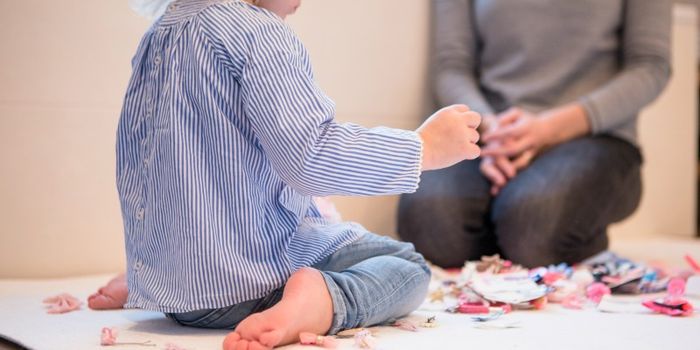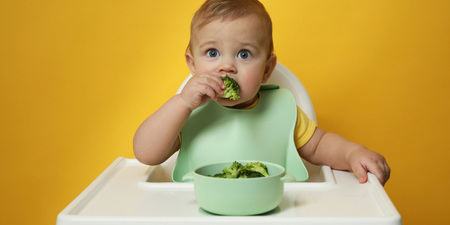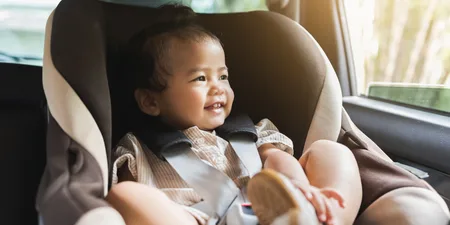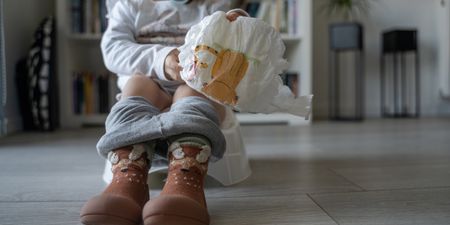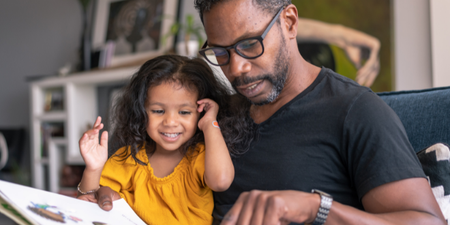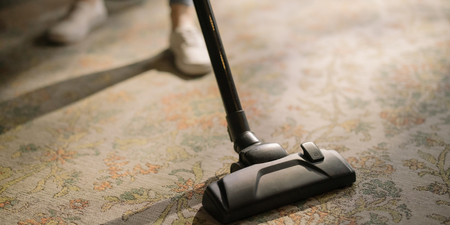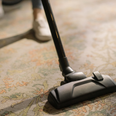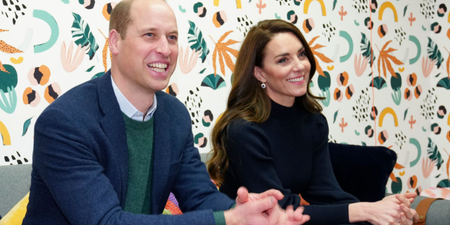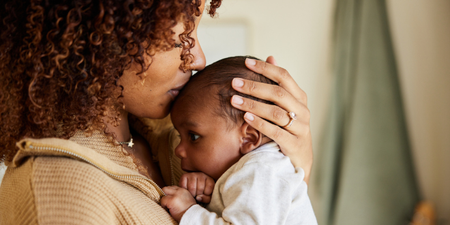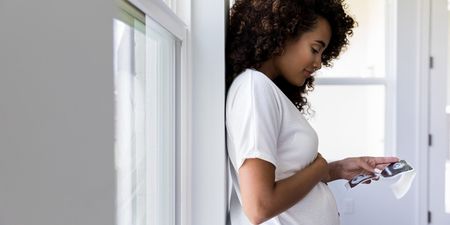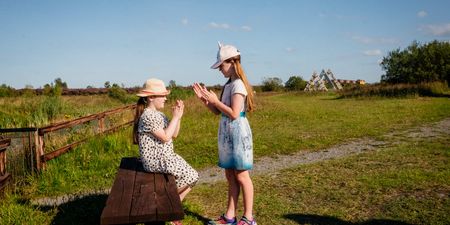If you have children (or have been around them long enough to observe their strange ways), you will know that they can sit, sleep and make themselves comfortable in the craziest and most unconventional ways.
Seriously, I sometimes wonder if my kids have joints at all, or if their arms and legs are just attached in ways that mine clearly are not – and that’s despite that I semi-regularly practice yoga.
But while it, of course, is all sorts of great that children are flexible, many physical therapists and pediatricians are now warning parents against letting their children sit in one specific position, claiming it can do them great harm when it comes to their muscles, core strength and even make them pigeon-toed.
This, according to the experts, is the “W-position”, and should be avoided at all cost.
(Image via Occupational Therapy Blog)
According to the vast majority of physical therapists, if you child sits in this position, you need to stop them immediately. And here is why:
1. W-sitting limits core strength because it gives kids a wider base of support. Because they don’t have to engage their abdominal or back muscles in this position, kids often prefer it to more challenging, tiring positions, like with legs in front, at their sides, or crisscrossed.
2. W-sitting causes muscle tightness, particularly in the legs and hips but also knees and ankles.
3. W-sitting aggravates neurological issues such as low muscle tone, which means when kids aren’t actively using their muscles, those muscles are floppier and softer and have a harder time holding their bodies upright.
Why is it so harmful?
What this all means, most therapists agree, is that prolonged W-sitting throughout childhood can lead to a delayed development in gross motor skills like coordination and balance. For parents hoping to raise a star athlete, this position’s effect on postural muscles can also be cause for concern.
The main problem is that in a W-sitting position, the hips are placed at the extreme limits of internal rotation, predisposing your child to future orthopedic problems. In this abnormal position, the risk of hip dislocation becomes a concern, especially with a diagnosis of hip dysplasia. As well, pre-existing orthopedic conditions can worsen when major muscle groups are placed in shortened positions and begin to tighten.
The reason many children like to sit this way could possibly be explained by the fact that it is by far the steadiest way for children of all ages to sit, and it gives them great stability at that moment, whatever they are preoccupied with. Some experts also attribute children’s inclination to sit this way to time spent in infant carrier devices, like swings, bouncy seats, and car seats.
So what can you do if you spot your child sitting in the W position?
Be vigilant about correcting them and make them switch positions, experts advice. Especially if they make this their default position. Try making them switch to a cross-legged position, or even sitting on their side or with their legs stretched out in front of them, as all of these are much better for their joints and muscles.
Were YOU aware that sitting in this position could be harmful? Does your child tend to sit this way? Join the conversation with us on Twitter at @Herfamilydotie
